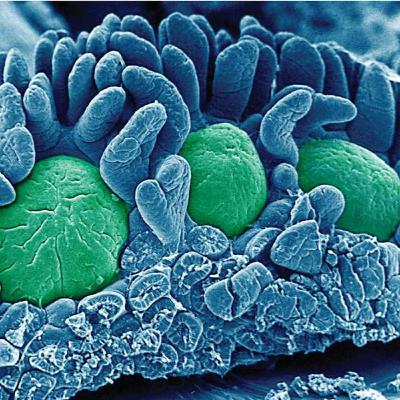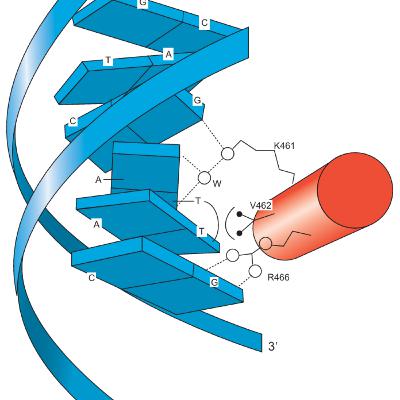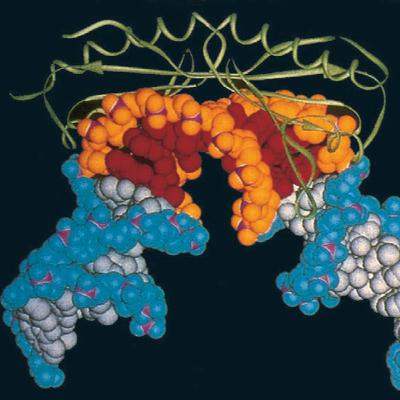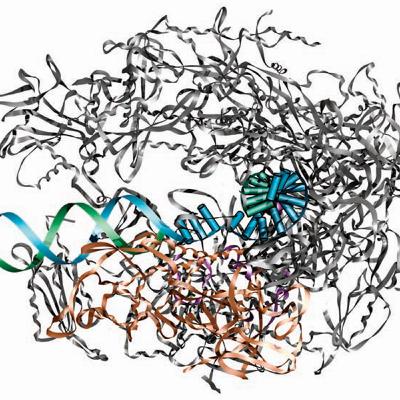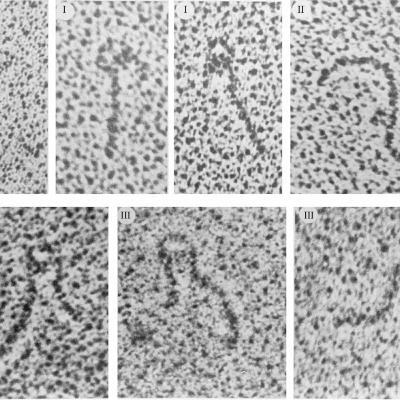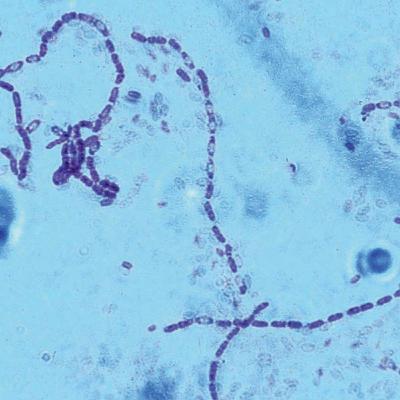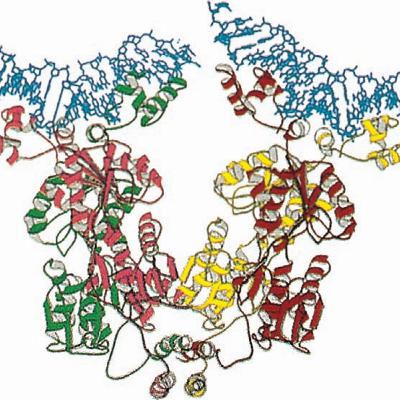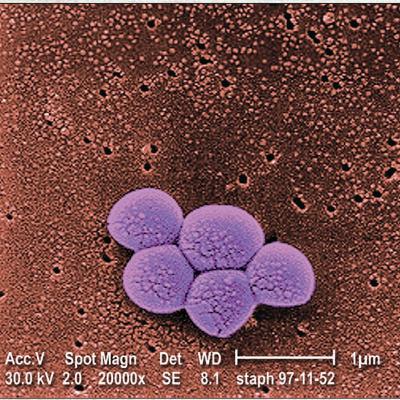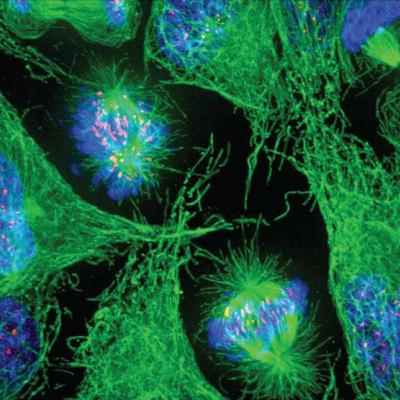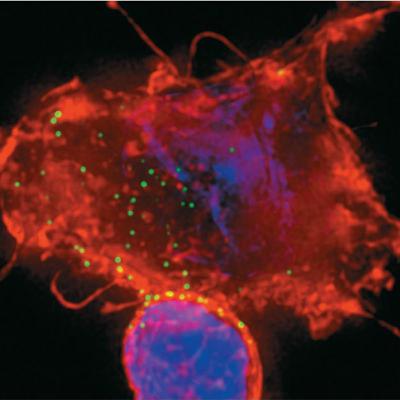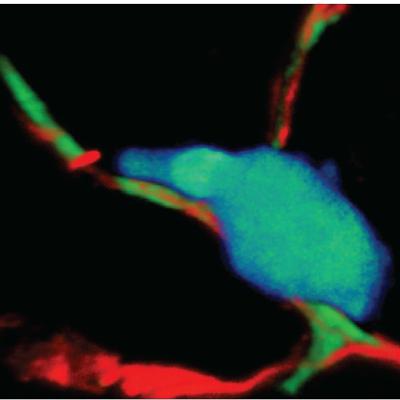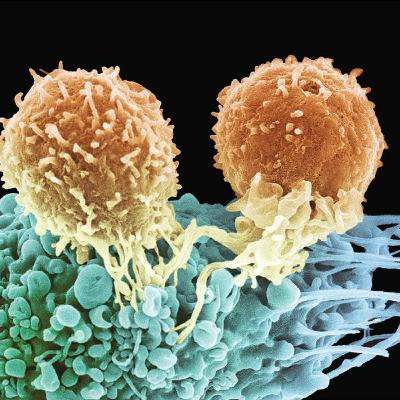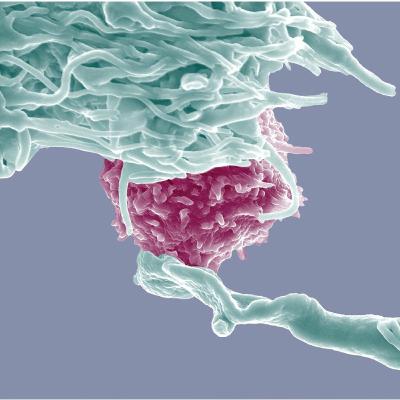Barrier Immunity: The Immunology of Mucosa and Skin( immunology part 13)
Description
The barrier immune systems, comprising tissues and cells in the intestinal, respiratory, reproductive, and urinary tracts (mucosal-associated lymphoid tissue or MALT), as well as in the skin, play a crucial role in monitoring and protecting areas of the body exposed to the external environment. Epithelial cells form the first line of innate immunity, with each barrier tissue covered by one or more epithelial layers that collaborate other innate and adaptive immune cells. This coordination fosters a harmonious relationship with the diverse community of microorganisms inhabiting our bodies. The interaction between the microbiome and the immune system strengthens the integrity of epithelial barriers and creates optimal conditions for defending against harmful pathogens. While each barrier tissue has unique characteristics, they share common strategies to promote tolerance to commensal microorganisms through the maintenance of regulatory T cells and IgA-producing B-cell activity, alongside mechanisms that initiate type 1 and type 2 inflammatory responses against organisms that harm barrier tissues. Achieving the delicate balance between tolerance and an inflammatory response to microbes remains a core challenge, addressed through various molecular and cellular immune strategies that are only beginning to be understood.

